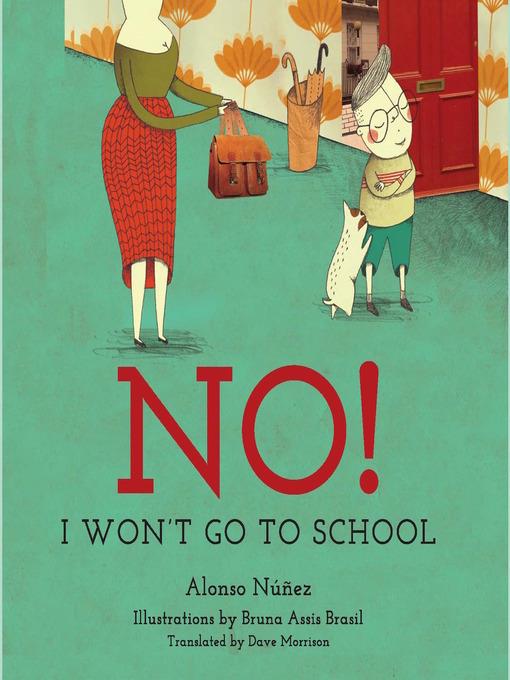
No! I Won't Go to School
فرمت کتاب
ebook
تاریخ انتشار
2018
Lexile Score
490
Reading Level
1-2
نویسنده
Dave Morrisonشابک
9780884486480
کتاب های مرتبط
- اطلاعات
- نقد و بررسی
- دیدگاه کاربران
نقد و بررسی

June 4, 2018
A child’s imagination inflates school fears in Mexico-based author Núñez’s first English-language book. The child—who wears round glasses and has a swooping cowlick—doesn’t believe the hype: “Mom says I’ll make friends,/ that the place is so cool,/ that I’ll learn new things,/ that I’ll really like school!” Instead, the child says “No!” to school, believing that “The teacher’s a monster/ with big claws and four heads,/ jaws that can crush you,/ and eyes that turn red!” In sophisticated pen-and-ink and photographic collages, Brazilian illustrator Brasil renders the teacher as a hydra and the school bus as a horned monster, and sharp-featured students wear expressions of wide-mouthed terror. When the child’s frightful fantasies turn out to be unfounded, readers may find it’s a little bit of a letdown. Even so, Núñez is effective at conveying the sense of doom that ruminating on the unknown can bring, while Brasil’s art blends creaturely details and photographic accents to stylized effect. Ages 3–6.

























دیدگاه کاربران